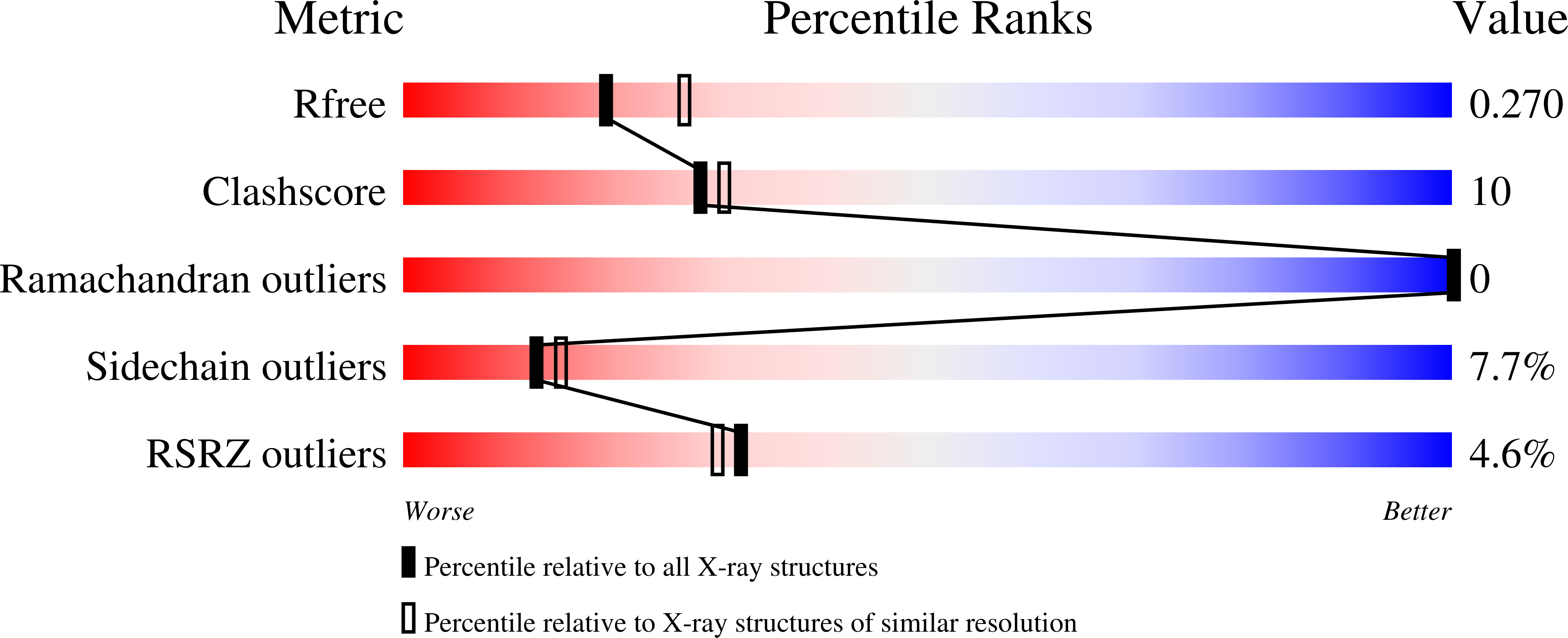Combined protein construct and synthetic gene engineering for heterologous protein expression and crystallization using Gene Composer.
Raymond, A., Lovell, S., Lorimer, D., Walchli, J., Mixon, M., Wallace, E., Thompkins, K., Archer, K., Burgin, A., Stewart, L.(2009) BMC Biotechnol 9: 37-37
- PubMed: 19383143
- DOI: https://doi.org/10.1186/1472-6750-9-37
- Primary Citation of Related Structures:
2RHH, 2RHJ, 2RHL, 2RHO - PubMed Abstract:
With the goal of improving yield and success rates of heterologous protein production for structural studies we have developed the database and algorithm software package Gene Composer. This freely available electronic tool facilitates the information-rich design of protein constructs and their engineered synthetic gene sequences, as detailed in the accompanying manuscript. In this report, we compare heterologous protein expression levels from native sequences to that of codon engineered synthetic gene constructs designed by Gene Composer. A test set of proteins including a human kinase (P38alpha), viral polymerase (HCV NS5B), and bacterial structural protein (FtsZ) were expressed in both E. coli and a cell-free wheat germ translation system. We also compare the protein expression levels in E. coli for a set of 11 different proteins with greatly varied G:C content and codon bias. The results consistently demonstrate that protein yields from codon engineered Gene Composer designs are as good as or better than those achieved from the synonymous native genes. Moreover, structure guided N- and C-terminal deletion constructs designed with the aid of Gene Composer can lead to greater success in gene to structure work as exemplified by the X-ray crystallographic structure determination of FtsZ from Bacillus subtilis. These results validate the Gene Composer algorithms, and suggest that using a combination of synthetic gene and protein construct engineering tools can improve the economics of gene to structure research.
Organizational Affiliation:
deCODE biostructures Inc, 7869 NE Day Road West, Bainbridge Island, WA 98110, USA. araymond@decode.com
















